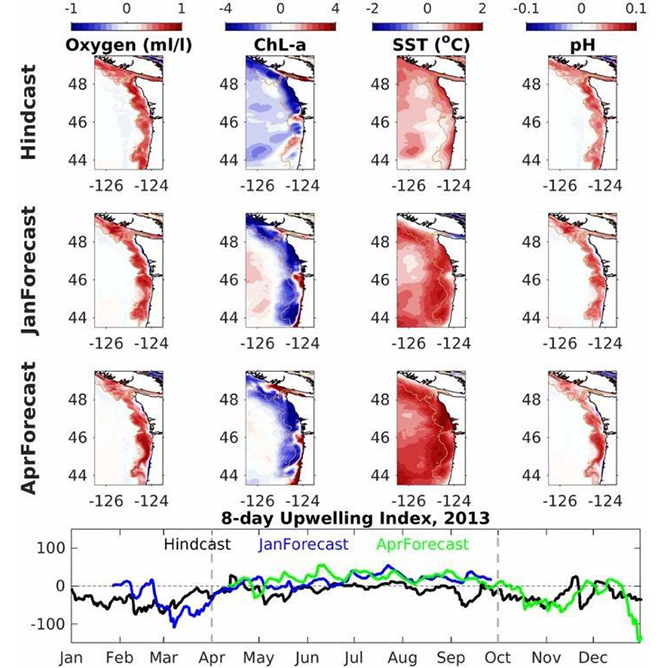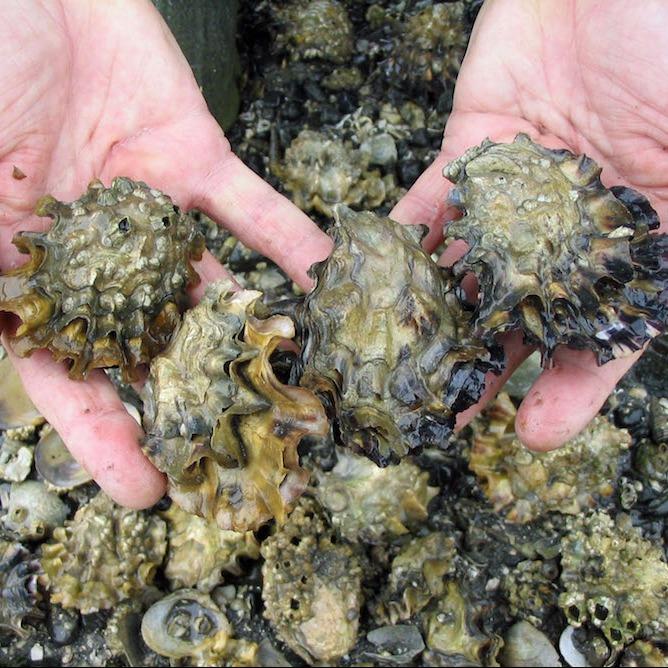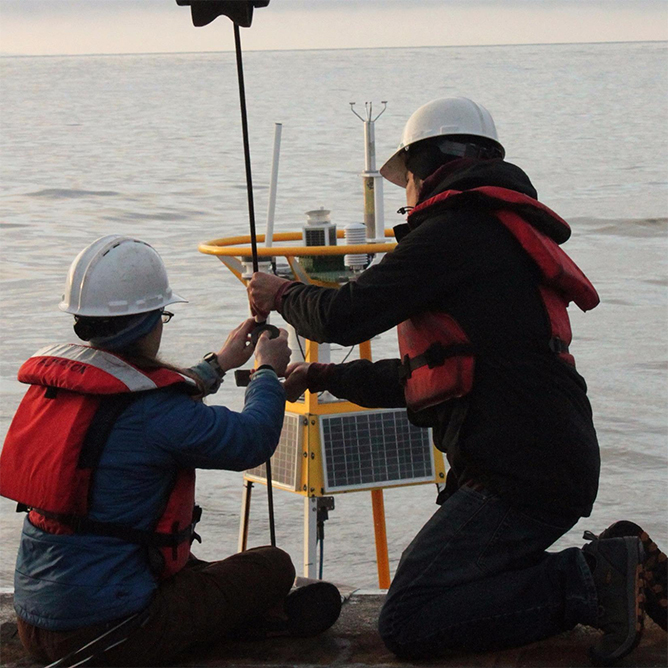
Beneath the Waves, Climate Change Puts Marine Life on the Move
The Connecticut Mirror details the changes in marine species distributions in New England and what this could mean for the future of fisheries in the region.

The Connecticut Mirror details the changes in marine species distributions in New England and what this could mean for the future of fisheries in the region.
Neurologist Andy Stern says some marine biologists are predicting a possibly grim future for the ocean, but he and his team of engineers developed an inexpensive and portable product to study the waters. It’s an intelligent surfboard, called Smartfin, which analyzes different details of the waves, to hopefully one day provide insight into what climate
The Surface Ocean CO2 Atlas (SOCAT, www.socat.info) is a synthesis activity by the international marine carbon research community (>100 contributors). SOCAT version 4 has 18.5 million quality-controlled, surface ocean fCO2 (fugacity of carbon dioxide) observations with an accuracy of better than 5 μatm from 1957 to 2015 for the global oceans and coastal seas.
Development of the Fourth National Climate Assessment (NCA4) is underway, and nominations for regional and sectoral chapter lead authors, and contributing authors with relevant subject matter expertise, are now open. Details on chapter topics can be found at the bottom of the federal register notice. Author nominations must be submitted by September 30, 2016.
SOCAN seeks a part-time Program Coordinator (~ 10 hours/week) to help increase the capacity of its network to effectively engage stakeholders. This will be a contract position. The ideal candidate must have strong communications and organizational skills and be able to work independently with a diverse group of people.
The Joint Institute for the Study of the Atmosphere and Ocean (JISAO) at the University of Washington (www.jisao.washington.edu) is seeking a Postdoctoral Research Associate (job class code 0148) to work on new ocean carbon observing technologies. JISAO fosters collaborative research and education between the University of Washington and NOAA, as well as with other
The NOAA Ocean Acidification Program (OAP) works to prepare society to adapt to the consequences of ocean acidification and conserve marine ecosystems as acidification occurs. Learn more about the human connections and adaptation strategies from these efforts.
Adaptation approaches fostered by the OAP include:


Using models and research to understand the sensitivity of organisms and ecosystems to ocean acidification to make predictions about the future, allowing communities and industries to prepare


Using these models and predictions as tools to facilitate management strategies that will protect marine resources and communities from future changes


Developing innovative tools to help monitor ocean acidification and mitigate changing ocean chemistry locally
Drive fuel-efficient vehicles or choose public transportation. Choose your bike or walk! Don't sit idle for more than 30 seconds. Keep your tires properly inflated.
Eat local- this helps cut down on production and transport! Reduce your meat and dairy. Compost to avoid food waste ending up in the landfill
Make energy-efficient choices for your appliances and lighting. Heat and cool efficiently! Change your air filters and program your thermostat, seal and insulate your home, and support clean energy sources
Reduce your use of fertilizers, Improve sewage treatment and run off, and Protect and restore coastal habitats
You've taken the first step to learn more about ocean acidification - why not spread this knowledge to your community?
Every community has their unique culture, economy and ecology and what’s at stake from ocean acidification may be different depending on where you live. As a community member, you can take a larger role in educating the public about ocean acidification. Creating awareness is the first step to taking action. As communities gain traction, neighboring regions that share marine resources can build larger coalitions to address ocean acidification. Here are some ideas to get started: